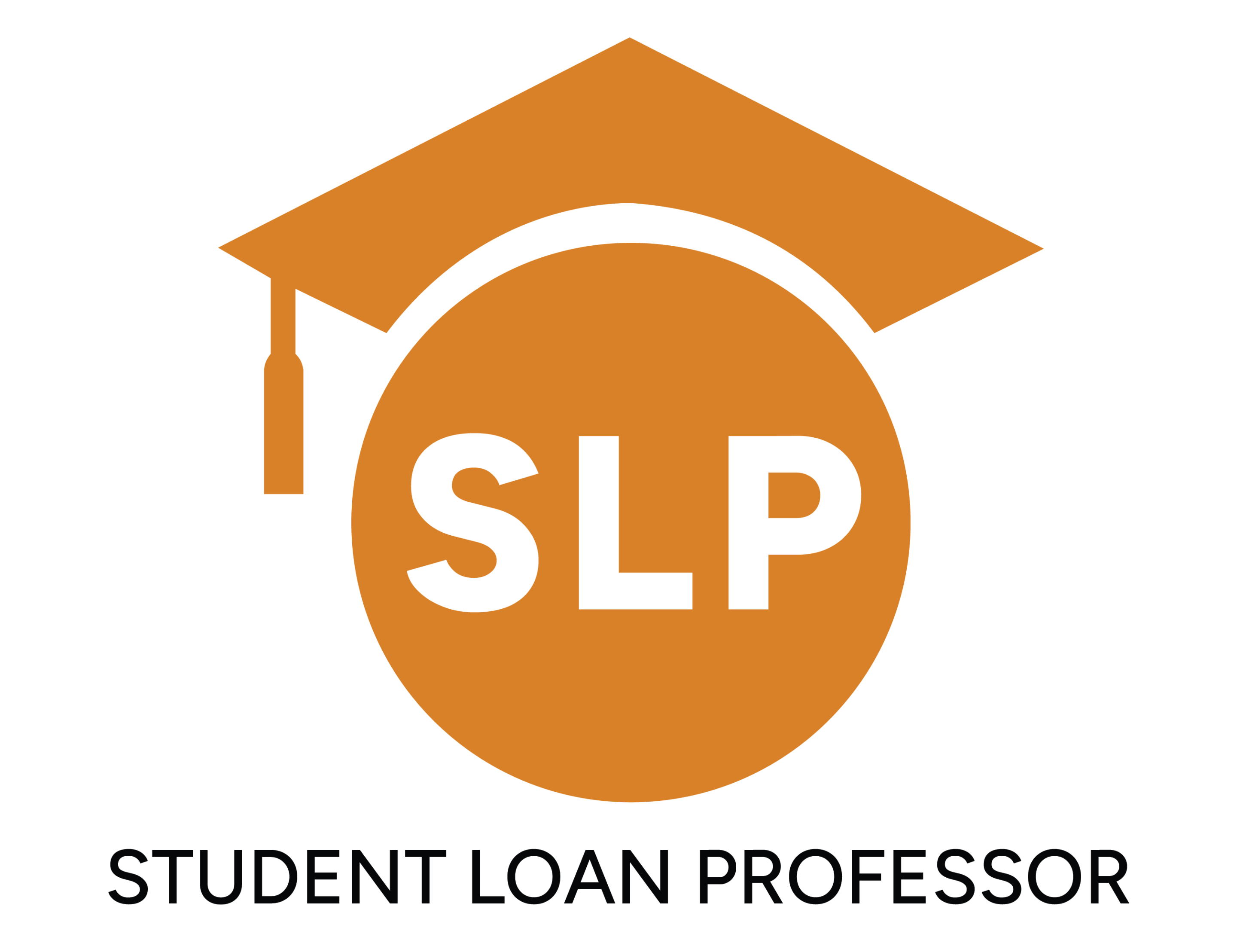Student loan repayment options vary depending on whether you borrow from the government or a private lender. While you don’t need to repay your student loan during school, it’s important to understand what happens after graduation.
This article outlines the various repayment plans available to borrowers. We cover how they work, what loans they apply to, and who they’re best suited for.
Key Takeaways
- Federal student loan repayment options come in two categories: fixed and income-driven payment plans.
- Private student loans offer four repayment options: immediate, interest-only, fixed, and deferred.
- The best repayment plan for you depends on your needs. For example, immediate repayment is excellent for borrowers who want to save on loan costs.
- You can switch to a different Federal student loan repayment plan at any time and change your private student loan plan via refinancing.
Federal Student Loan Repayment Options
Borrowing from the US government offers more flexible repayment plans. The Federal Student Aid Website categorizes them into fixed and income-based loan payments:
Fixed Payment Plans
These repayment options involve set monthly payment amounts based on your remaining loan balance, interest rate, and the repayment period in your agreement.
Standard Repayment
This repayment option is a default plan. Borrowers who don’t choose another payment method before they graduate are automatically enrolled in it. The plan entails making fixed payments over 10 years (or between 10 and 30 years when you consolidate your loans).
Federal loans that are eligible for standard repayment include:
- Direct Loans (subsidized and unsubsidized)
- Federal Stafford Loans
- PLUS loans (Direct or FFEL); and
- Consolidation Loans (whether Direct or FFEL)
Who It’s For: Choose standard repayment to quickly pay off your loan balance while minimizing interest payments. Look elsewhere if you plan to qualify for public service loan forgiveness in the future.
Graduated Repayment
On a graduated repayment plan, a borrower’s monthly payments start low before gradually increasing over time. Payments increase every two years, ensuring full repayment within 10 years.
Like the standard repayment plan, the graduated repayment is available for all borrowers. It also caters to the same loan types (Direct loans, PLUS loans, etc.).
Who It’s For: This repayment option is excellent for anyone who anticipates that their income will increase as they advance in their career. Choose it if you fit that bill and want to pay your debt off quickly.
Extended Repayment
This option offers the longest repayment term of all fixed payment plans (up to 25 years). The downside is borrowers must contend with more interest due to the longer repayment period.
Another quality that sets it apart from the other fixed plans is that it isn’t open to all borrowers. Students who enroll must be:
- A Direct loan borrower with over $30,000 in Direct loans; or
- A Federal Family Education Loan (FFEL) program and have over $30,000 in outstanding FFEL loans.
You can choose a standard or graduated repayment model when using this method. It also has the same loan type eligibility as those options.
Who It’s For: Choose an extended repayment plan if you have a large loan balance and don’t mind juggling monthly payments and interest over a longer period.
Income-Driven Repayment Plans (IDR)
IDR plans base loan repayment on the borrower’s discretionary income and family size. Borrowers who choose any IDR plan must provide information about their income and family size yearly in an update process called “recertification.” They’re obligated to undergo recertification even when their income and family size don’t change.
IDR plan candidates can disclose their tax information securely to streamline the process. Doing so ensures that recertification and monthly payment adjustments occur automatically (via their loan servicer).
The Federal government currently offers three income-driven repayment (IDR) plans. However, as of July 18, 2024, some of these plans have been stalled due to a court injunction, and borrowers enrolled in them have had their loans put into interest-free forbearance until further notice.
Income-Based Repayment
This plan is the only income-driven repayment option not completely stalled by the injunction. It offers repayment terms and monthly payment amounts that vary depending on whether you took a loan before or after the 1st of July 2024. See the table below for more details:
| IBR Version | Monthly Payment | Repayment Term |
| Before July 1, 2024 | 15% of discretionary income | Up to 25 years |
| After July 1, 2024 | 10% of discretionary income | Up to 20 years |
You can use this repayment plan when paying back the following loan types:
- Direct Loans (Subsidized and unsubsidized)
- Federal Stafford Loans
- FFEL Plus Loans (for students)
- Direct or FFEL consolidation loans (excluding PLUS loans taken by parents, whether Direct or FFEL)
Read our guide to income-based repayment plans to learn more about the benefits this plan offers.
Who It’s For: This repayment plan is best for anyone who experiences challenges meeting their monthly payments (thanks to the percentage caps).
Income-Contingent Repayment
The Federal Student Aid website defines the income-contingent repayment plan as follows:
“The Income-Contingent Repayment (ICR) Plan is a repayment plan with monthly payments that are the lesser of (1) what you would pay on a repayment plan with a fixed monthly payment over 12 years, adjusted based on your income or (2) 20% of your discretionary income, divided by 12.”
Eligible loan types include Direct loans, PLUS loans (for students), and Direct Consolidation loans (excluding loans that repaid Parent Plus loans).
Who It’s For: Only borrowers who’ve already enrolled in the plan, as it has been paused due to the injunction.
Pay as You Earn (PAYE)
The Pay as You Earn (PAYE) plan lets you make monthly payments that amount to 10% of your discretionary income but not more “but never more than what you would pay under the 10-year Standard Repayment Plan.” You must meet the following criteria before enrolling in this plan:
- You must have borrowed money on or after October 1st, 2007; and
- You must have received a Direct Loan disbursement on or after 1st October 2011.
Eligible loan types for this repayment plan include:
- Direct Loans (Subsidized and unsubsidized)
- PLUS loans (students only); and
- Consolidation loans excluding parent PLUS loans (Direct or FFEL)
Who It’s For: Choose this repayment option if your income is on the low side and you want to make low monthly payments.
Federal Perkins Loans
It’s worth mentioning that Perkins loan debtors may have repayment plans that are different from the Direct and FFEL loans that feature prominently in this article. If you took a Perkins loan, the Department of Education recommends checking with your college to learn the repayment plans available.
Private Student Loan Repayment Options
Borrowing from private lenders offers fewer repayment options compared to the federal route. Private lenders offer four ways to repay your debt:
Immediate Repayment
This repayment plan involves repayment of the loan once you receive the funds. You don’t get a 60-day grace period in which you can defer the principal and interest payments. Once the funds are disbursed, your countdown to the first monthly payment begins. Immediate repayment also implies that you pay your debt while attending college.
Who’s It For: The benefit of paying back your student loan immediately is the cost savings associated with the practice. You don’t have to worry about interest accruing unchecked during school and the grace period. This plan is ideal for those who want to repay their debt quickly and minimize costs.
Interest-Only Repayment
An interest-only repayment plan involves only paying the interest on your loan during school. Principal payments are deferred until after graduation or if your enrollment drops below half-time.
Who It’s For: Interest-only repayment suits those looking to minimize costs, similar to immediate repayment. If you don’t like the idea of racking up interest on your loan while in school, this plan may alleviate your worries.
Fixed Payment
This repayment plan shares slight similarities with graduated repayment due to how your payments are structured. You make low fixed payments during college, which increase after graduation or if your enrollment drops below half-time. Unlike graduated repayment, the increase in monthly payment amount happens once instead of every two years.
Who It’s For: The fixed payment plan is excellent for borrowers who don’t have the funds for an immediate repayment plan but want to pay back their loan quickly. It can help you build the discipline needed to meet monthly payments without taking off the training wheels completely.
Deferred Repayment
When you defer repayment of your loan, you pay neither the principal nor interest on it during college. If your private lender offers a grace period, repayment begins after it ends.
Who It’s For: This repayment plan is best for borrowers who want to concentrate on their studies during college without worrying about loan payments or interest.
Is It Possible to Switch Repayment Plans?
It is. Whether you borrow from the government or a private lender, both entities offer some leeway regarding switching from one repayment plan to another.
As initially mentioned, all federal student loan borrowers are automatically enrolled in the standard repayment plan. However, the Federal Student Aid website states that:
“You can change your repayment plan at any time by applying for an income-driven repayment (IDR) plan or by requesting a new plan from your servicer.”
You can also switch between federal loan repayment plans at no cost.
Meanwhile, private lenders let you refinance your student loan if you experience problems repaying on your current plan. Refinancing has its pros and cons, meaning it’s best to seek expert advice before going down that route.
Explore Your Student Loan Repayment Options Confidently
Student loan repayment options are changing frequently, so staying informed is crucial. Choosing the right one for you comes down to understanding your unique needs and financial circumstances.
You don’t have to make the choice alone, though. With expert advice, you can pinpoint the repayment plan that best serves your goals for a debt-free financial future. Contact Student Loan Professor today to get a consultation and learn how we can help you.
Brandon Barfield is the President and Co-Founder of Student Loan Professor, and is nationally known as student loan expert for graduate health professions. Since 2011, Brandon has given hundreds of loan repayment presentations for schools, hospitals, and medical conferences across the country. With his diverse background in financial aid, financial planning and student loan advisory, Brandon has a broad understanding of the intricacies surrounding student loans, loan repayment strategies, and how they should be considered when graduates make other financial decisions.


![Our Honest Thoughts On Aidvantage Student Loans [For 2025]](https://www.studentloanprofessor.com/wp-content/uploads/2024/10/SLP_fallback_2-no-logo-400x250.jpg)

